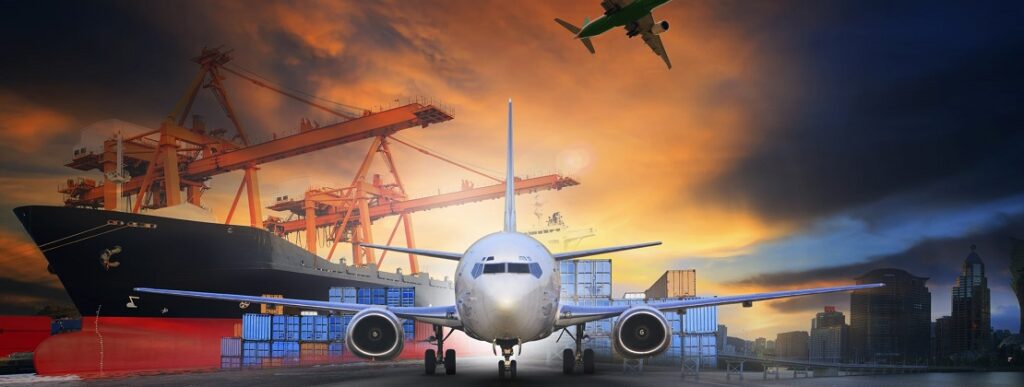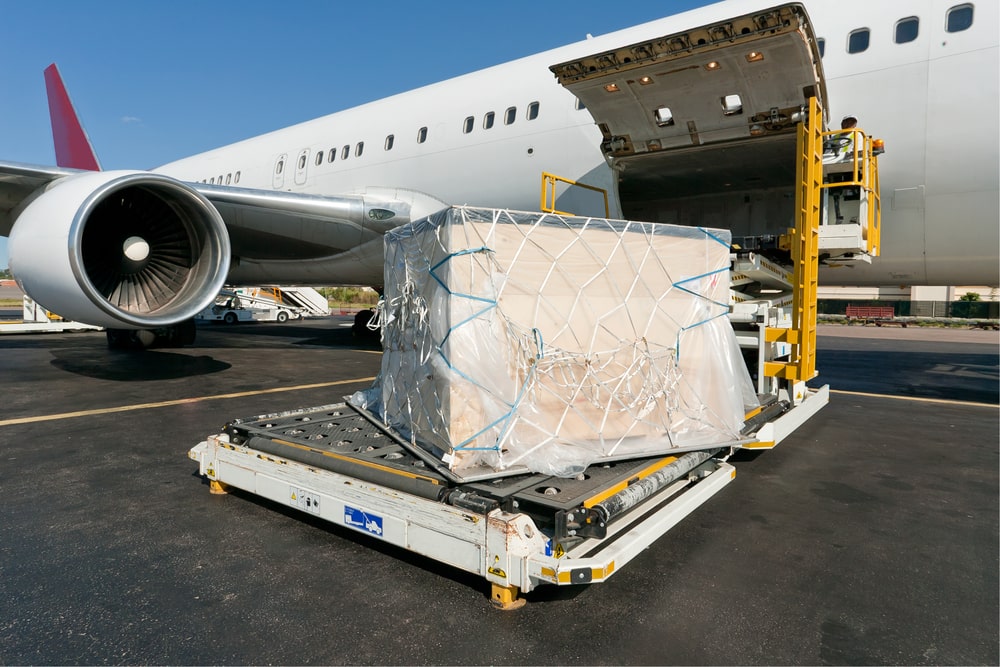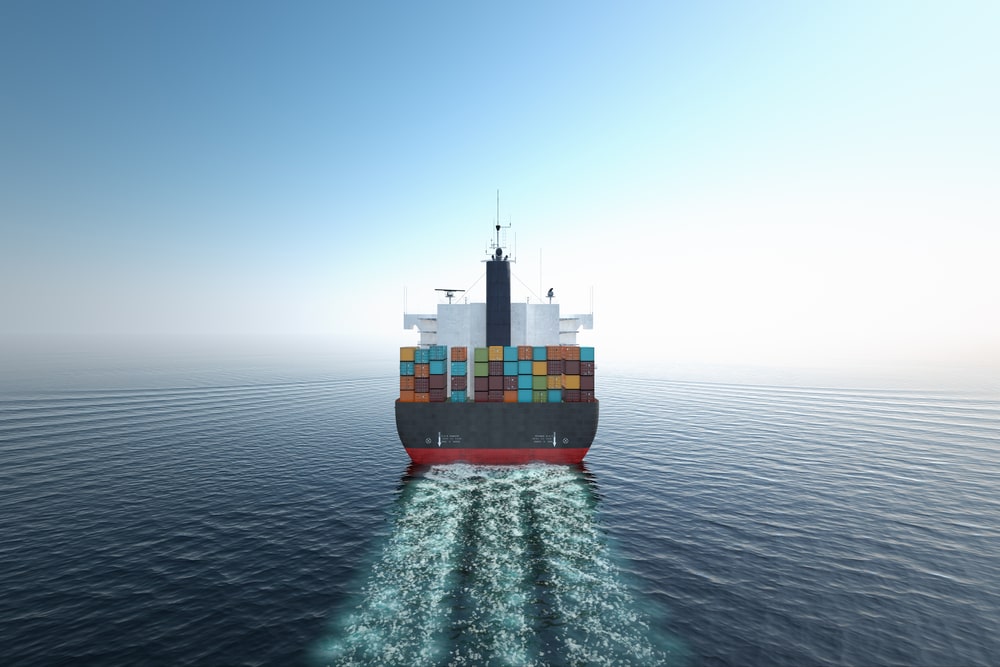What is Freight?

Whether You’re Looking to Ship Cargo or Simply Play Scrabble, We Have the Answers For You!
Freight is a common enough occurrence to make it a term brought up in everyday speech. It’s not common enough outside of businesses for everyone to know what it is. So what is it?
In short, freight is (usually) heavy cargo transported by air, sea, or ground. Goods that are too large or heavy to be shipped by a parcel service such as the USPS are considered freight.
The technical limitations of what makes a parcel are its weight and size. Anything heavier than 150 lbs is considered freight. Shipments weighing less than that could be considered either and what sets them apart is usually their size. As a rule of thumb, you can consider shipments larger than 30” x 30” x 30” freight.
Generally, our system is smart enough to let you know which shipping mode you should use based on the dimensions and weight of your cargo. However, if for whatever reason you need to know where your shipment falls without getting a quote, you can feel free to ask our staff of shipping experts!
The shipping modes
Air freight shipping

As you see, the names of these shipping modes are pretty self-explanatory. Air freight shipping simply means that your cargo would move by air (airplane). This is generally the most expensive, but the fastest way of moving your cargo. It is also the most intensive as far as gas emissions are concerned.
Ocean freight shipping
Ocean freight is a necessity for cross-oceanic shipping. It is a slower and cheaper way to ship freight than doing so by airplane. When shipping by ocean, you will be using a ship, as submarines are not optimal for shipping everyday cargo.
If you look up the term “freight” on Google images, you’re likely to see shipping containers and shipping ports. That’s because ocean freight shipping is the most commonly used form of shipping for international shipments. As you can guess, the most common way to ship cargo by ship is via containers.
This is important because containers are not the most represented packaging type when it comes to ground shipping, for example.
Ground freight shipping
Ground freight shipping is performed by road, rail, or a combination of the two (intermodal). It is the most common form of transportation for domestic shipments or on-land shipments between countries (such as the USA and Canada, for example).
As opposed to containers with oceanic shipping, the most common packaging type for ground shipping is palletization. If you’re interested in learning more about those, please feel free to check out our easy pallet shipping article.
Freightera specializes in ground shipping within the USA, and Canada. As specialists in that field, we’ve made a definitive, in-depth, freight shipping guide where we go into detail about everything you need to know. If you came here for more than a general definition of freight, we strongly recommend that you check it out. You won’t need a second source.
Intermodal freight shipping
Intermodal freight shipping is simply a combination of two or more shipping modes. For example, for ground freight that would be rail and road for different parts of the route. For international freight shipping, that might be by air and road, or by ship and road.
These combinations come to fruition when a carrier is unable to move your cargo by only one mode of transportation. The huge container-filled ship would be impractical to move by land, if we may say so ourselves.
That’s why a truck is most likely to transport your goods from the port to the final destination.
On land, these combinations happen when a carrier simply doesn’t have full coverage by one mode, or when it’s more efficient (either financially or time-wise) to transport it partially by train and partially by truck.
Conclusion
In short, freight shipping is just shipping big and/or heavy things. It gets more complicated than that when you get into the paperwork, processes, etc., but for scrabble, this should be plenty.
We have a very extensive freight term glossary which may come in handy if you just need to know term meanings.
For anything more in-depth, I’ve already mentioned the shipping guide which should be able to give you the answer to any questions you may have!
If you came here to get informed before getting into your first shipment, you should be done. The next step would be to get your freight quotes for free, within just a minute or two. Take a look!


